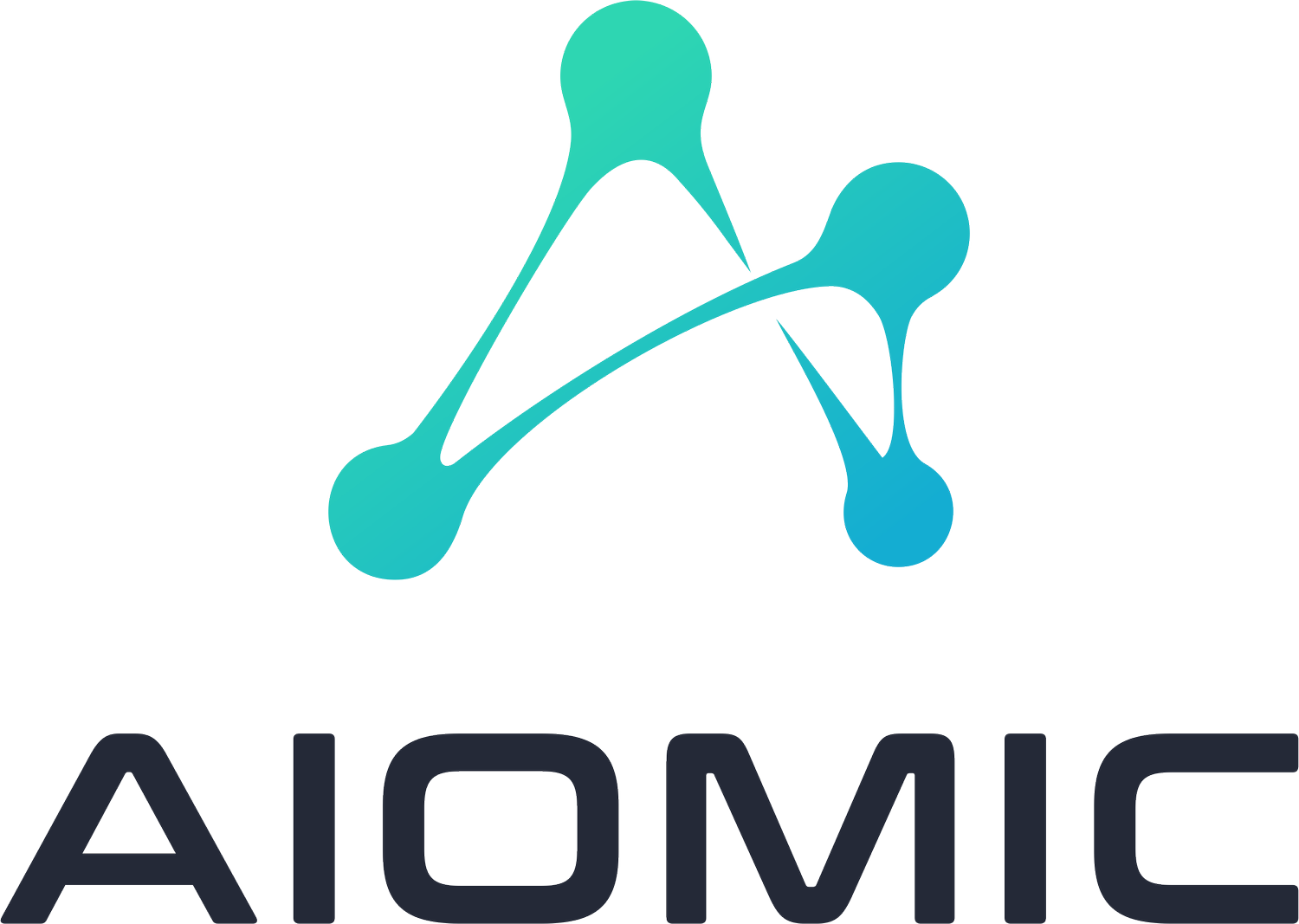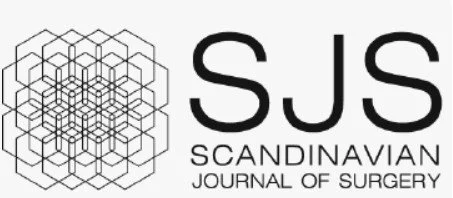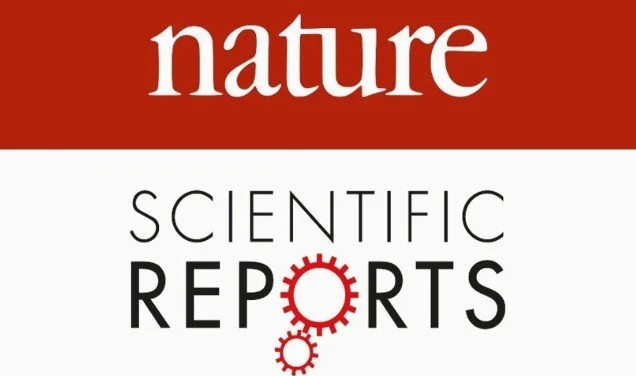News
Exciting updates with Aiomic
Discussing the value of high quality healthcare data in powering up the next generation of AI innovation in the healthcare sector and the critical role in combining deep clinical domain knowledge with world class data science expertise.
The take home? Start-ups founded in Denmark can now capitalise on the combined value of a great innovation ecosystem, data and talent pool, making Denmark the place to look for the next big thing in Healthech.
Dr. Sillesen shows how LLMs in their current form cannot replace the human-in-the-loop for high quality clinical data abstraction.
Aiomic Director of Clinical Affairs, Meridith Greene PhD, presents research exploring how surgical clinical reviewers (SCRs) require better clinical data organization, more automation, and AI support for efficiency improvements in clinical data abstraction. When shown Aiomic360 comprising all these functions, 96% of SCRs reported that they wanted the platform to improve their efficiency.
Aiomic is one of 128 startups selected from a pool of 1,300 applications for the program.
We received the incredible news that we have been awarded a significant Innobooster grant to support the process of bringing our first product to market in the US and piloting it with some of the top US hospitals.
Aiomic has been featured in none other than Science Magazine! It's not every day that our journey and commitment to leveraging AI for improving postoperative care gets showcased on such a revered platform.
Aiomic is Texas-bound! We're thrilled to share that we have been selected to participate in a 6-month accelerator program at the renowned Texas Medical Center (TMC) in Houston, USA...
We're thrilled to announce that Aiomic has been featured in BioWorld MedTech for securing €1.3 million in funding from Denmark's Bioinnovation Institute (BII).
We are excited to announce that we have secured 10 million Danish Kroner (DKK) in funding through convertible loans to further develop and commercialize our platform, Aiomic360.
Science
Our peer-reviewed publications
Opioid treatment in postoperative pain management is crucial, but the impact of administration practices on outcomes is unclear. This study analyzed electronic health records of surgical episodes in Denmark from 2017 to 2021, converting all opioids administered to oral morphine equivalents (OMEQs). The study found that prescription trends remained steady, with tramadol/tapentadol showing higher readmission risk but lower mortality risk, and oxycodone showing comparable readmission but reduced mortality risk. This provides a framework for future clinical trials assessing the impact of opioids.
The widespread adoption of Electronic Health Records (EHR) has increased available healthcare data, enabling the use of NLP and Computer Vision models in EHR research. BERT-based models, like BEHRT and Med-BERT, have become popular, though their design choices remain underexplored. This study optimizes BERT-based EHR modeling, showing that improving data representation and training protocols can enhance performance. Evaluations across 25 clinical tasks demonstrated significant performance increases in 17 tasks, highlighting the models' generalizability. These findings provide a foundation for future work and aim to increase trust in BERT-based EHR models.
Assessing surgical outcomes, particularly postoperative complications (PCs), is crucial, but ICD-10 codes may be inadequate. This study compared ICD-10 codes with manual curation of EHRs for identifying 13 PCs and evaluating resource utilization. Data from 11,827 surgical cases showed that ICD-10 codes only correctly identified 20.8% of PCs, leading to significantly higher resource utilization and costs. Patients with PCs had higher readmission rates, longer hospital stays, and more ICU days and reoperations. The study highlights the need for improved detection strategies, as actual costs far exceed current estimates.
Patients with severe COVID-19 have overwhelmed healthcare systems worldwide. This study hypothesized that machine learning (ML) models could predict risks at different stages of management and provide insights into disease progression and death. Using data from Denmark and the UK Biobank, the ML models predicted the risk of death with high accuracy (ROC-AUC of 0.906 at diagnosis, 0.818 at hospital admission, and 0.721 at ICU admission). Common risk factors included age, body mass index, and hypertension, with markers of shock and organ dysfunction becoming more prominent in ICU patients. The models showed fair predictive performance for mortality but were less effective for predicting ICU admission
Clinicians traditionally use criteria-directed triage protocols to match resources for trauma patients. This study hypothesizes that an AI model can predict the need for major surgery based on prehospital data. Data from 4578 patients in the Danish Prehospital Trauma Data set were used, including demographics, clinical scores, and vital signs. The AI model achieved ROC-AUCs of 0.80–0.86 for major surgery prediction, with higher accuracy for neurosurgery. Utilizing AI in the prehospital phase can aid early triage of trauma patients
Accurately predicting patient outcomes is crucial for healthcare, but large-scale models may not reflect local clinical settings. This study focuses on whether to use de-novo training, direct porting, or transfer learning for predicting mortality and hospital length of stay on a Danish trauma dataset. Using data from the US TQIP and Danish Trauma Database, various modeling approaches were tested. The best results for predicting mortality were achieved with a neural network trained on a mixed dataset, while local data performed best for long-term hospitalization. The study highlights the importance of domain knowledge and including data from other healthcare systems for optimal modeling
The COVID-19 pandemic has strained hospitals, necessitating tools for resource allocation. This study investigates using machine learning (ML) to predict intensive care requirements. Health records from 42,526 SARS-CoV-2 positive patients in Denmark were used to train Random Forest (RF) models. These models predicted ICU admission and mechanical ventilation needs with high accuracy (ROC-AUC between 0.981 and 0.997). The models performed best for shorter forecasting periods, demonstrating their utility in guiding hospital resource planning.
Pancreaticoduodenectomy (PD) for pancreatic ductal adenocarcinoma (PDAC) carries a high risk of postoperative complications (PoCs), making risk prediction crucial for treatment planning. This study hypothesizes that deep learning network approaches, particularly transfer learning, may outperform legacy methods for PoC risk prediction in PDAC surgery. Data from the NSQIP (2002–2018) involving 5,881,881 patients, including 31,728 PD patients, was used. Various models, including general, transfer learning, direct, and random forest models, were developed and compared. The models were evaluated against the ACS surgical risk calculator for predicting mortality and morbidity risk.
Postoperative complication rates are often assessed through administrative data, although this method has proven to be imprecise. Recently, new developments in natural language processing have shown promise in detecting specific phenotypes from free medical text. In this artcle we show that natural language processing can capture postoperative complications on a par with human-level curation from electronic health record free medical text.
High-quality outcomes data is crucial for continued surgical quality improvement. Outcomes are generally captured through structured administrative data or through manual curation of unstructured electronic health record (EHR) data. The aim of this study was to apply natural language processing (NLP) to chart notes in the EHR to accurately capture postoperative superficial surgical site infections (SSSIs).
The risks of post trauma complications are regulated by the injury, comorbidities, and the clinical trajectories, yet prediction models are often limited to single time-point data. We hypothesize that deep learning prediction models can be used for risk prediction using additive data after trauma using a sliding windows approach.
Postoperative complications continue to constitute a major issue for both the healthcare system and the individual patient and are associated with inferior outcomes and higher healthcare costs. The objective of this study was to evaluate the trends of postoperative complication rates over a 7-year period.
Early detection of postoperative complications, including organ failure, is pivotal in the initiation of targeted treatment strategies aimed at attenuating organ damage. In an era of increasing health-care costs and limited financial resources, identifying surgical patients at a high risk of postoperative complications and providing personalised precision medicine-based treatment strategies provides an obvious pathway for reducing patient morbidity and mortality…
Trauma is associated with a significant risk of post-trauma complications (PTCs). These include thromboembolic events, strokes, infections, and failure of organ systems (eg, kidney failure). Although care of the trauma patient has evolved during the last decade, whether this has resulted in a reduction in specific PTCs is unknown. We hypothesize that the incidence of PTCs has been decreasing during a 10-year period from 2007 to 2017.























